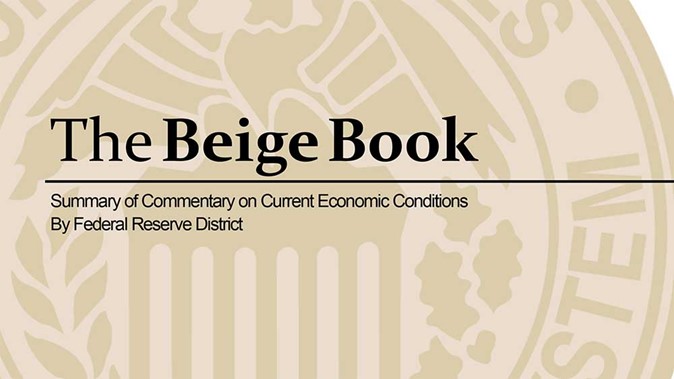The Federal Reserve’s latest Beige Book, released Wednesday, paints a picture of an economy losing momentum as 2025 draws to a close. With consumer spending weakening, hiring slowing, and businesses facing persistent cost pressures, the report arrives at a critical moment: just two weeks before the Fed’s next interest rate decision — and during a time when official data remains delayed due to a record-long government shutdown.
The Beige Book, which compiles anecdotal insights from businesses across all 12 Federal Reserve districts, showed that consumer spending declined further during the first half of November. Retailers reported softer foot traffic and more price-sensitive consumers, a sign that household budgets may be tightening again after a relatively steady summer.
At the same time, the US labor market — which has remained resilient for years — is now showing clearer signs of softening. According to the report, employers are scaling back hiring, implementing freezes, and trimming hours. Some firms indicated they were only replacing departing employees rather than adding new roles, while others attributed reduced hiring needs to efficiency gains from artificial intelligence, which is increasingly being used to automate entry-level or repetitive tasks.
Rising health insurance premiums are adding to the strain, increasing labor costs even as companies attempt to limit headcount.
Tariffs and Costs Keep Inflation Sticky, Even as Demand Softens
On the inflation front, the Beige Book noted that tariffs have pushed input costs higher for manufacturers and retailers, though companies vary in how much they pass along to consumers. Some are raising prices selectively based on customer sensitivity, while others feel strong competitive pressure to absorb the costs — squeezing profit margins.
However, the report also showed that prices for some materials have declined due to sluggish demand, delayed tariff implementation, or reduced tariff rates. This mixed environment reflects the broader disinflation trend the Fed has been monitoring closely.
Still, most businesses expect cost pressures to continue, even if they are hesitant to raise prices significantly in the near term.
Why the Beige Book Matters: Rising Odds of a December Rate Cut
With many government economic indicators delayed, the Beige Book is now one of the few timely sources of insight available to the Fed ahead of its December 10 policy meeting. And based on the slowdown in both spending and hiring, investors are increasingly convinced that the central bank will act.
Market expectations for a December rate cut climbed above 85%, rising sharply this week following comments from multiple Fed officials. New York Fed President John Williams said there is “room” for a near-term cut, while San Francisco Fed President Mary Daly and Fed Governor Chris Waller both signaled concern about the softening labor market.
However, not all policymakers agree. Boston Fed President Susan Collins and Kansas City Fed President Jeff Schmid have urged caution, pointing to mixed inflation signals and warning against moving too quickly.
With consumer spending cooling, hiring softening, and inflation pressures lingering, the Fed’s Beige Book suggests an economy that is decelerating — but not collapsing. Whether that slowdown is enough to justify a December rate cut will be decided in less than two weeks, making this one of the most pivotal policy moments of the year.


